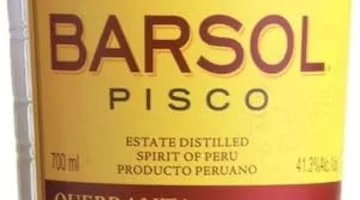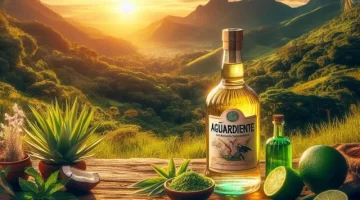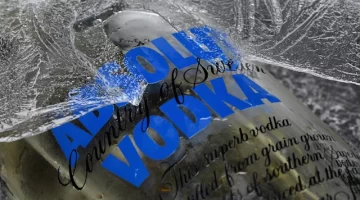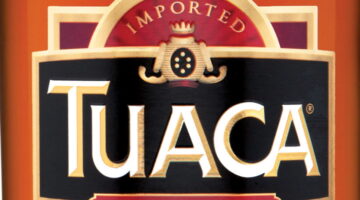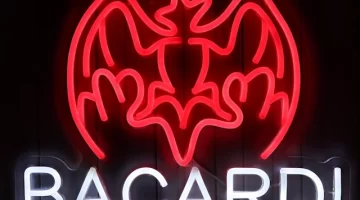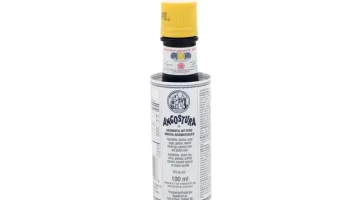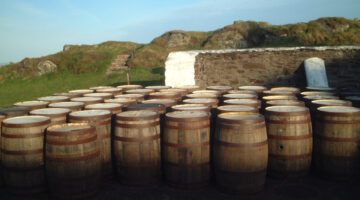Bats for Tequila
Carlos Camarena of El Tesoro Tequila, made at La Altena Distillery in the highlands of Jalisco in Mexico, and his fight to save endangered bats.

When you’re a tequila distiller, it must be quite a challenge to go to your fellow distillers and ask them to make less tequila. It was a challenge facing Carlos Camarena, the owner and Master Distiller of El Tesoro Tequila, which is made at his La Altena Distillery in the highlands of Jalisco in Mexico.
The reason for Camarena’s approach? The lesser long-nosed bat. Until April 2018 it was on the USA’s list of endangered species, and its removal from that list is in part due to the involvement of Mexico’s tequila-makers.

‘Agaves reproduce non-sexually by producing pups which are genetically identical,’ Camarena explains. ‘We can then take the pups and start a new agave field. The downside of this is that the agaves are all identical, there is no diversity, which means that if there were ever a disease like they had in the French wine industry with phylloxera, it could wipe out the entire tequila industry.’

Cross-Pollination by Bats
In order to create that diversity, the agaves need to be cross-pollinated, and bats are vital to that process. When an agave reaches maturity, it shoots out an incredibly tall spike which can grow up to 15 feet high and is filled with nectar and pollen. The flowers on the spike only open at night, with 80% of the agave nectar being produced between 10pm and midnight, so bats are crucial to the pollination process. They come to feed on that nectar, and take the pollen from plant to plant, creating more diversity in the agaves.
Unfortunately a mature agave is not good for making tequila, and all tequila makers harvest their agaves after about 6-7 years when they are at the peak of their condition.
‘If the agave goes over maturity,’ Camarena says, ‘then we get more acidity, so you have to harvest when they are perfectly mature. In my mind that is what I will transfer into aromas and flavors.’

The Agave Shortage
Camarena began to set aside some of his blue agave plants so that they would reach maturity and provide nectar to feed the bats and provide diversity in the agave plant population. He did this despite the fact that there is currently an agave shortage, making new plants expensive to buy. Even more remarkably, he persuaded many of his fellow tequila distillers to follow his example.

One of the vital pollinating bat species is the lesser long-nosed bat, which had been on the verge of extinction. The bat migrates between Mexico, Southern Arizona and New Mexico, and at one time it was estimated that there were no more than 1,000 of them spread across only 14 roosts in the whole of that vast region.
Thanks to the involvement of concerned tequila-makers like Camarena, the population is now reckoned to be about 200,000. Three years ago it was removed from the endangered list in Mexico, and in 2018 from the list in the United States – the first bat species ever to be removed from the USA’s endangered list.

The Agave Fan
Camarena is as besotted with agave plants as he is with bats. ‘You can’t make first quality tequila with second quality agaves,’ he says. ‘I am an agronomist and I am in love with this plant. This plant looks to survive, no matter what. We have 300 species of agave in Mexico, so why love just one? I love them all!’
Touring his distillery and agave fields with Camarena, it is easy to see how tequila-makers could be persuaded to sacrifice profits by this passionate and charismatic man.
‘The juvenile stage of the agave is the most important,’ he says, ‘as with a young child. If you have a child and he is undernourished or sickly at the age of six or seven, he is likely to be that way the rest of his life. It is the same with agave. You must feed and water and nourish them when they are young. Agave means “magnificent” and to me they are.’

5th Generation Tequila Family
La Altena Distillery has been in existence for 81 years, and Camarena’s daughter is the 5th generation to be involved. His great-grandfather produced tequila, but Camarena describes it as being more like an agave moonshine, which they called mezcal wine.
‘Tequila,’ he continues, ‘is like people. It has two faces. One is looking to the past, one looks to the future.’
Camarena is clearly looking to the future in his concern for the bats which fly through Jalisco.
‘The bat project will take 80-100 years,’ he says. ‘I won’t see the result of this, but maybe my grandkids will. After all, is it really important that I become the richest guy in the cemetery?’
